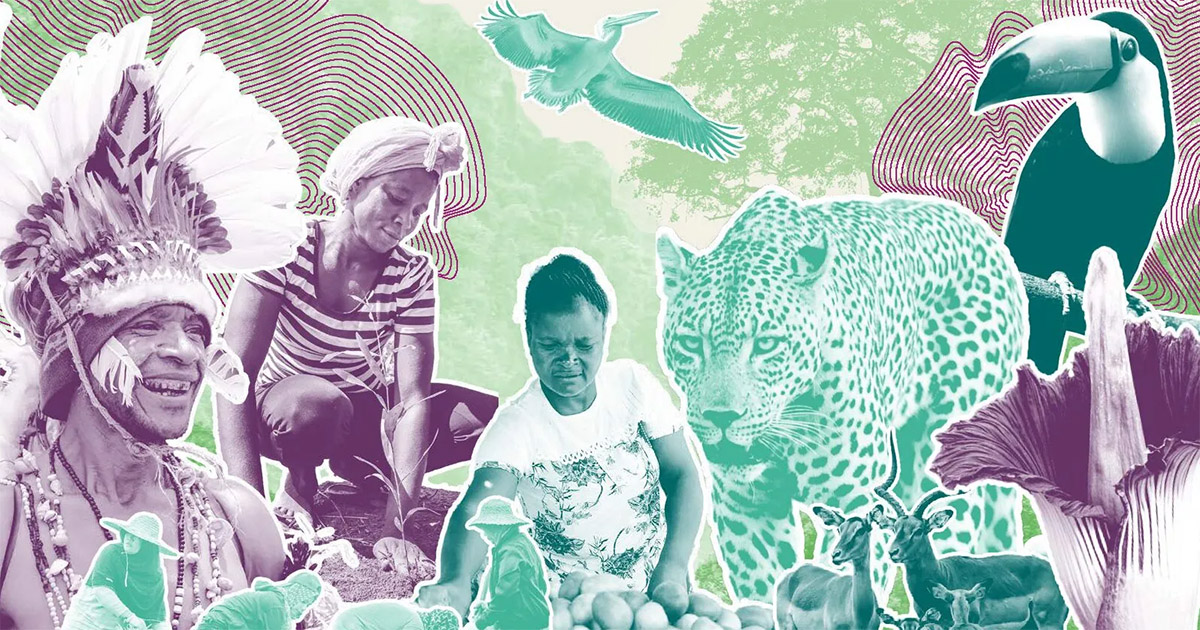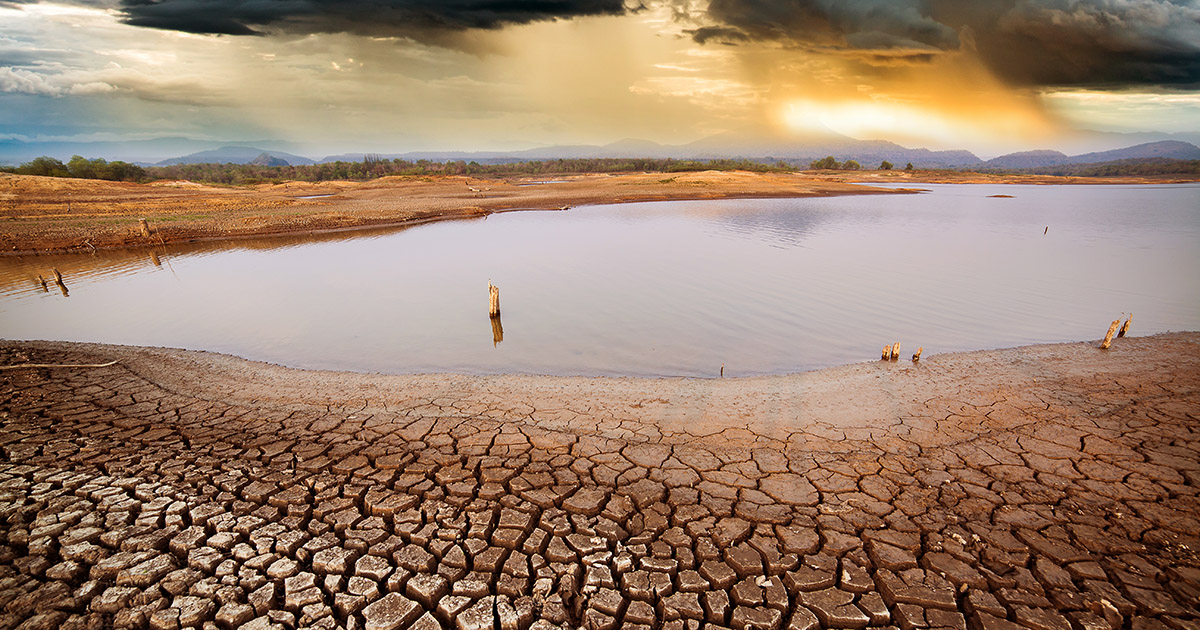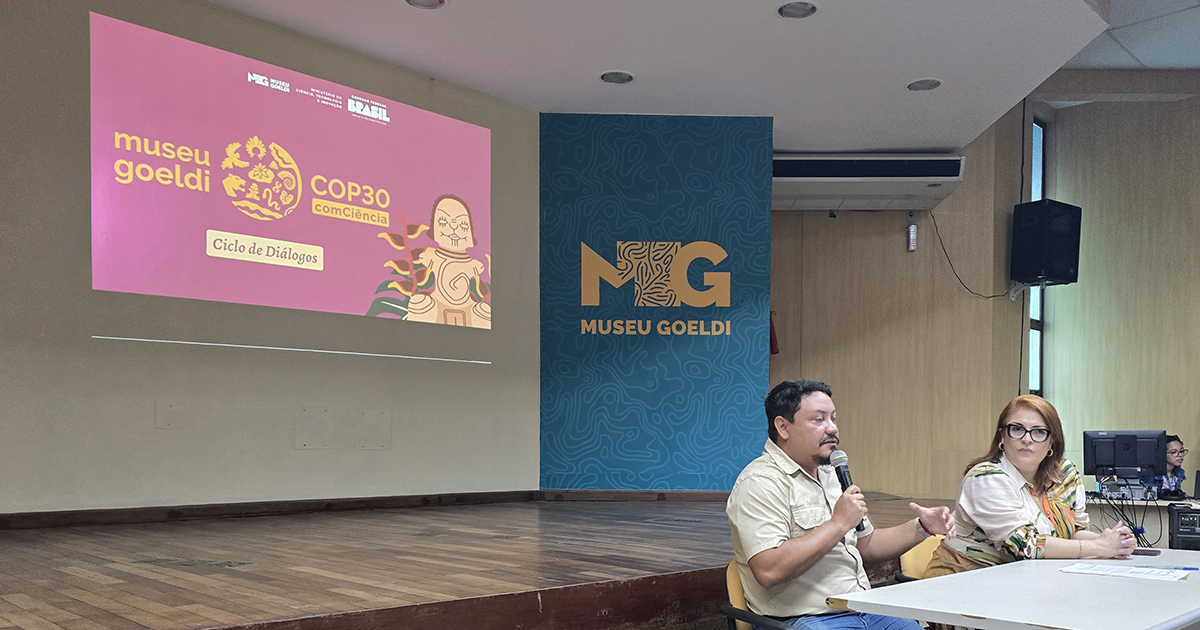The fire severity of the 2013–2014 fire season within Sudanian ecosystems in Burkina Faso was evaluated from Landsat 8 images using derivatives of the Normalized Burn Ratio algorithm (NBR). The relationship between the image-derived severity and the field observed severity i.e. Composite Burn Index (CBI) was best described by a nonlinear model of the form y = a + b*EXP(CBI *c) (R2 = 0.66). Classification of the image-derived burned area into burn severity classes achieved a classification Kappa accuracy statistic of 0.56. Highly severely burned areas were mapped with the highest accuracy (user's accuracy 77%, producer's accuracy 86%). The severity of the burn varied across phyto-geographical zones, protected status, land cover regimes, and forest management practices. The south Sudanian zone burned with a higher severity (low = 7%, moderate = 16% and high = 13%) than the north Sudanian zone (low = 5%, moderate = 10% and high = 5%). The mean of the highly severely burned areas differed significantly among the forest management practices (P = 0.005). A pair-wise comparison of the severity mean area indicated that the highly burned areas within forests managed for wildlife purposes differed significantly with that of both forests under the joint management (P = 0.006) and those under no management (P = 0.024). Among the management practices, forests jointly managed by the local communities and the government had the highest unburned area and the least highly severely burned areas reflecting the impacts of bottom-up forestry management where the local communities are actively involved in the management. © 2016 Elsevier Ltd
DOI:
https://doi.org/10.1016/j.jaridenv.2016.11.005
Dimensions Citation Count:

Publication year
2017
Authors
Musyimi, Z.; Said, M.Y.; Zida, D.; Rosenstock, T.S.; Udelhoven, T.; Savadogo, P.; de Leeuw, J.; Aynekulu Betemariam, E.
Language
English
Keywords
ecosystem management, local communities, fire severity, satellite imagery, emissions, semiarid zones, soil properties, soil
Geographic
Burkina Faso






















